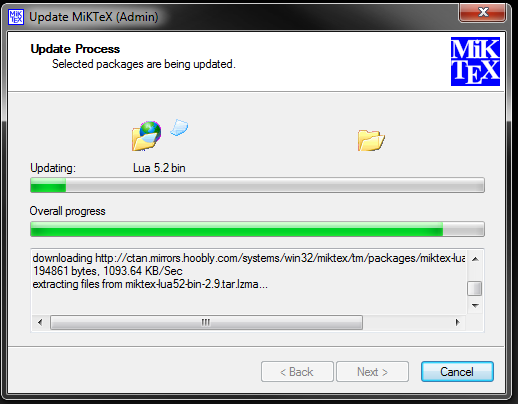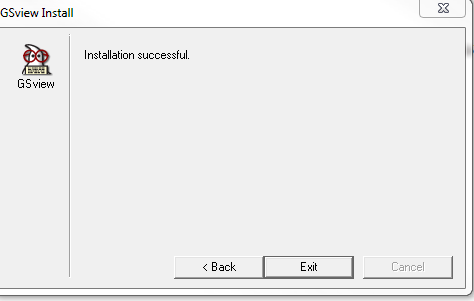

- Doxygen html to pdf pdf#
- Doxygen html to pdf update#
- Doxygen html to pdf software#
- Doxygen html to pdf zip#
Doxygen processes markup describing classes, functions, and variables in your software's header/source files and generates a user-friendly hyperlinked set of web pages. Doxygen supports many programming languages.ĭoxygen allows documentation to be placed in the header as well as the source files.
Doxygen html to pdf pdf#
Doxygen can automatically extract this documentation from the source code and export it to diverse formats such as browser-based online documentation in html or offline documentation such as Latex manuals, compressed HTML, PostScript, PDF files with hyperlinks, RTF format as well as Unix man pages. Users very frequently choose to write documentation in the source code itself. The following are common tags that should be used when A brief remark about the implementation to help An important remark that may cause code to An import remark that may depend on random conditions A reference to a class or a link to documentation (e.g.Source feature-rich automatic documentation generator. There are many tags you can use with HTML markup to create unique Doxygen documentation for a given file, class, method, or variable.
Doxygen html to pdf update#
When updating variables, update comments like this:Įnumerated types are tagged using the When updating enum types, update comments like Brief enum enum Name Now you go to that folder and click on the index.html file. * Verbose description of Parameter in the method’s Return value of Verbose explanation of return values Then, you simply run Doxygen, which generates an html folder.
Doxygen html to pdf zip#
Wait for the conversion process to finish and download files either one by one, using thumbnails, or in a ZIP archive. When updating methods, update comments like Brief method description Click the UPLOAD FILES button and select up to 20 HTML files or ZIP archives containing HTML, images and stylesheets. Did you ever search for the PDF file, doxygen (or better the. Documentation comment blocks can occur anywhere in the source. Now you can generate your html documentation with some favicon in place.
Methods can be tagged in a number of ways, but in general the and tags are used before a method’s declaration or implementation. To generate html and latex versions, go toWhen updating structs, update comments like Brief struct Struct Name Int var3 /**< Comment about private member Brief method descriptionĪ struct can be tagged in the same way a class, but it is best to use the tag. Int var2 /**< Comment about protected member Brief method description * Verbose description of Parameter in the method’s Return value of method

Int var1 /**< Comment about public member Brief method description When updating classes, update comments like this:
Doxygen html to pdf software#
Having the and supports tractability as the system is versioned throughout the software lifecycle. It also helps when files contain multiple classes.Ĭlasses can be tagged in a number of different ways, but in general they are tagged using the and tags before the class declaration. generating man pages and for converting the generated output into Postscript, hyperlinked PDF or compressed HTML. This supports generation of a file list tab on the main page. This can be done using the tag at the top of the file.Įxample of HAL system Doxygen Guideline (Note: source code was also modified to support correct generation of documentation)Ī file should contain the tag at the top of the file. There should be a header file containing only Doxygen tags or a separate Doxygen file that acts as a guide for the components, classes, methods, and variables (e.g. Tags using the “\tagname” style are considered Qt style Doxygen tags.

* is an example of a Java doc style Doxygen tag, since it uses the symbol. Additionally, it reduces issues when generating documentation. It generates HTML pages and Latex or RTF documents. Doxygen style should follow a consistent format to aid development across different IDEs. Doxygen uses embedded tags in the program source, which are similar to JavaDocs: / Sorts the array /. HTML generation has support for more plugins and is easier to refactor as the system changes. Doxygen documentation can be generated in many formats(HTML, LaTeX, RTF, PDF, DOC).


 0 kommentar(er)
0 kommentar(er)
